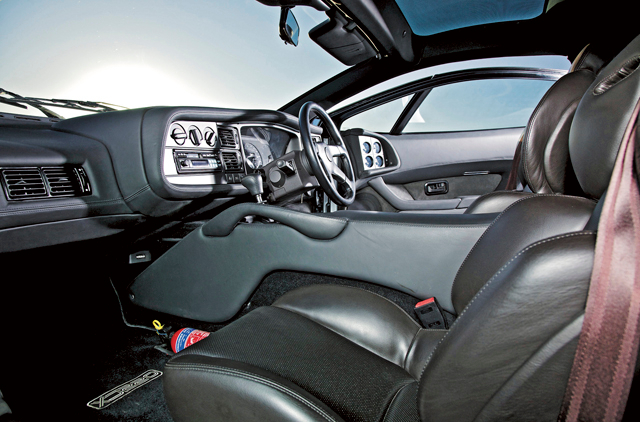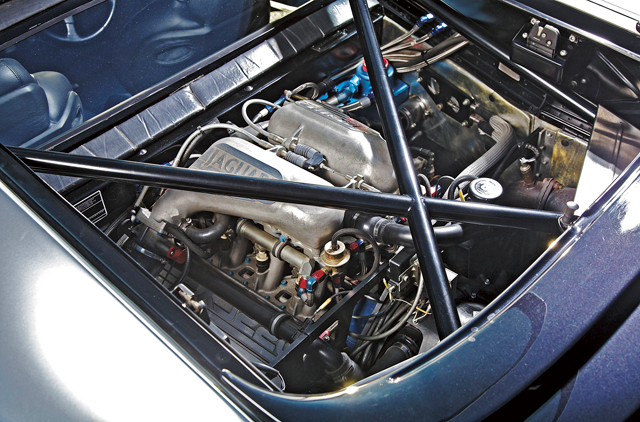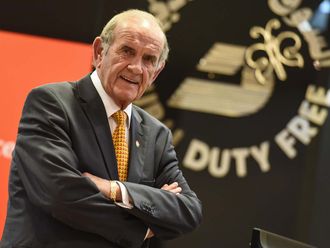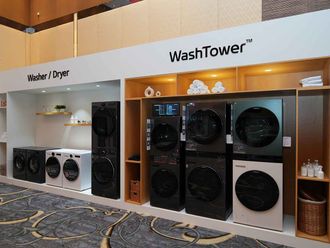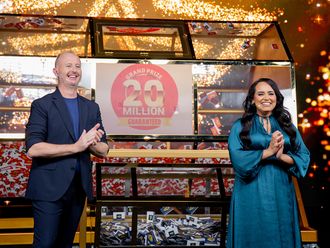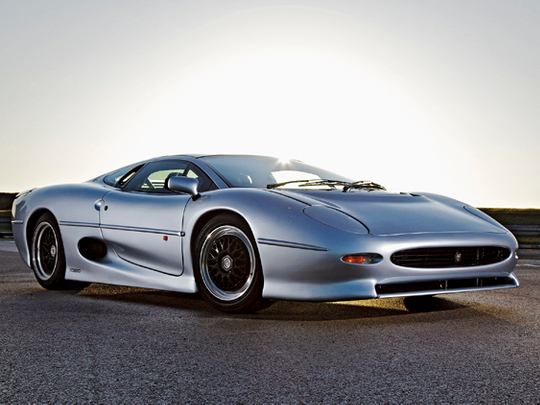
When Jaguar engineering director Jim Randle and a handful of his car enthusiast friends started the “Saturday Club” in 1984 to work on a project to build a car that could beat the Ferrari F40 and Porsche 959, little did they know they were about to create one of the most significant supercars of all time — the XJ 220.
On the lines of the 959, they conceived a four-wheel drive supercar that was ready for Group B racing, while at the same time maintaining roadworthiness. They got Tom Walkinshaw Racing (TWR) to develop a 6.2-litre version of their V12 racing engine and mounted it midship on a lightweight aluminium chassis and wrapped in a sexy, aerodynamic body penned by principal designer Keith Helfet.
It was only a few days before the 1988 British Motor Show in Birmingham that top executives of the company were let in to the secret project. Impressed, they greenlighted it for a debut at the show. With its 530bhp 48-valve V12 engine, four-wheel drive system and Lambo-esque scissor doors, the car was an instant hit with enquiries flooding in from all over the world.
Encouraged by the overwhelming response, Jaguar announced official production in 1989 with a price tag of £361,000 (Dh2.1 million). They got more than 1,500 deposits, of which all but 350 were returned, as that was the number of units they planned to produce.
But after two years, when the production car came out, it disappointed most of the prospective buyers, as the final specs were quite different from that of the prototype. Gone were the TWR V12, the four-wheel drive system and the scissor doors, and instead there was a 3.5-litre twin-turbo V6 from the Rover Metro 6R4 rally car, driving just the rear wheels of the car that now had normal doors.
The price had also gone up to Dh2.4 million. Although half the size of the prototype’s motor, the V6 used twin Garrett T3 turbochargers to make nearly 550bhp, 30 more than the concept’s V12. And boy, was it fast. The production car topped 212.3mph (342kph) in testing, with 0-100kph times of 3.8 seconds, making it the fastest production car in the world at the time and the fastest ever Jaguar.
However, many who had put in deposits for the car didn’t like the idea of a six-cylinder supercar, and backed out. So in the end only 265 examples of the XJ 220 were built and fewer than 200 actually sold, making it one of the rarest collectible supercars around.
If you’re lucky enough to find a good example, expect to pay anything from Dh800,000 to over a million dirhams. Small change to pay for one of the most sublime supercars ever built, which, two decades later, is still among the world’s top 10 fastest cars.


